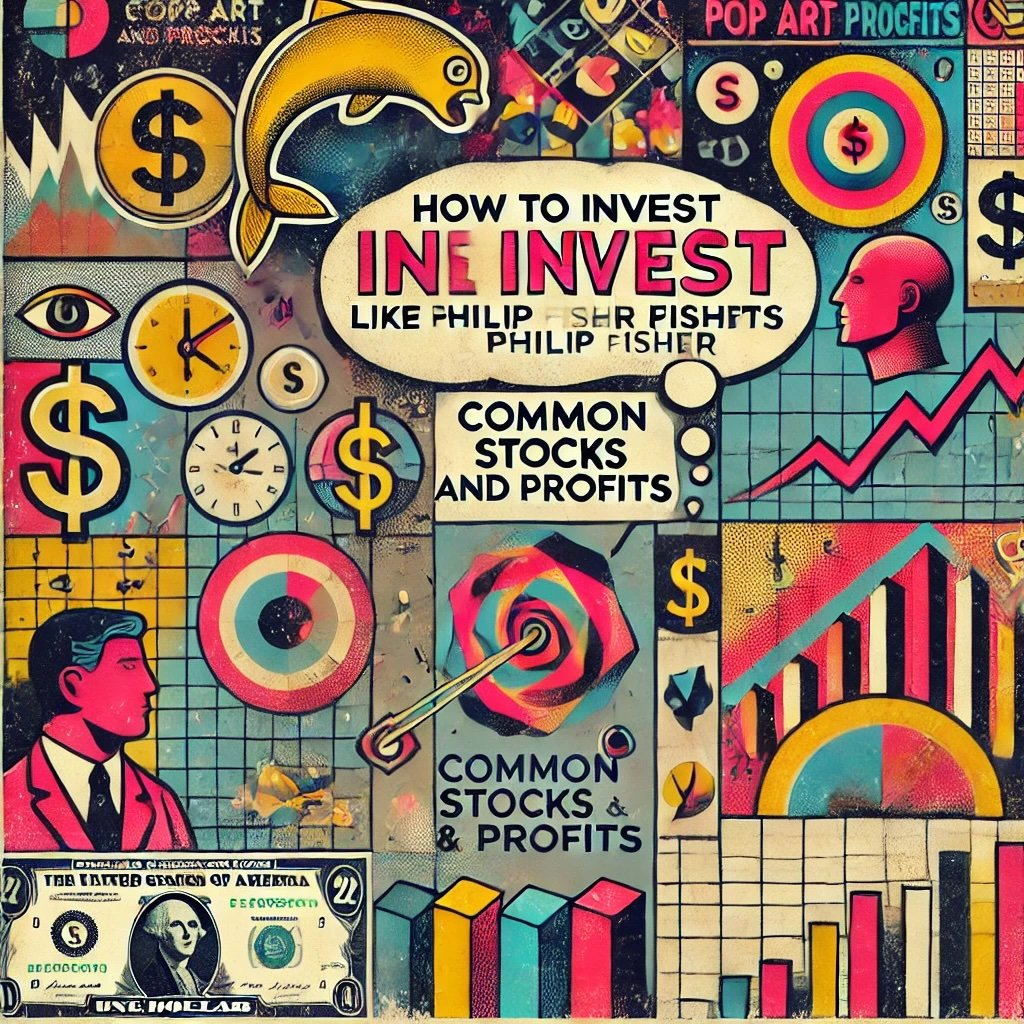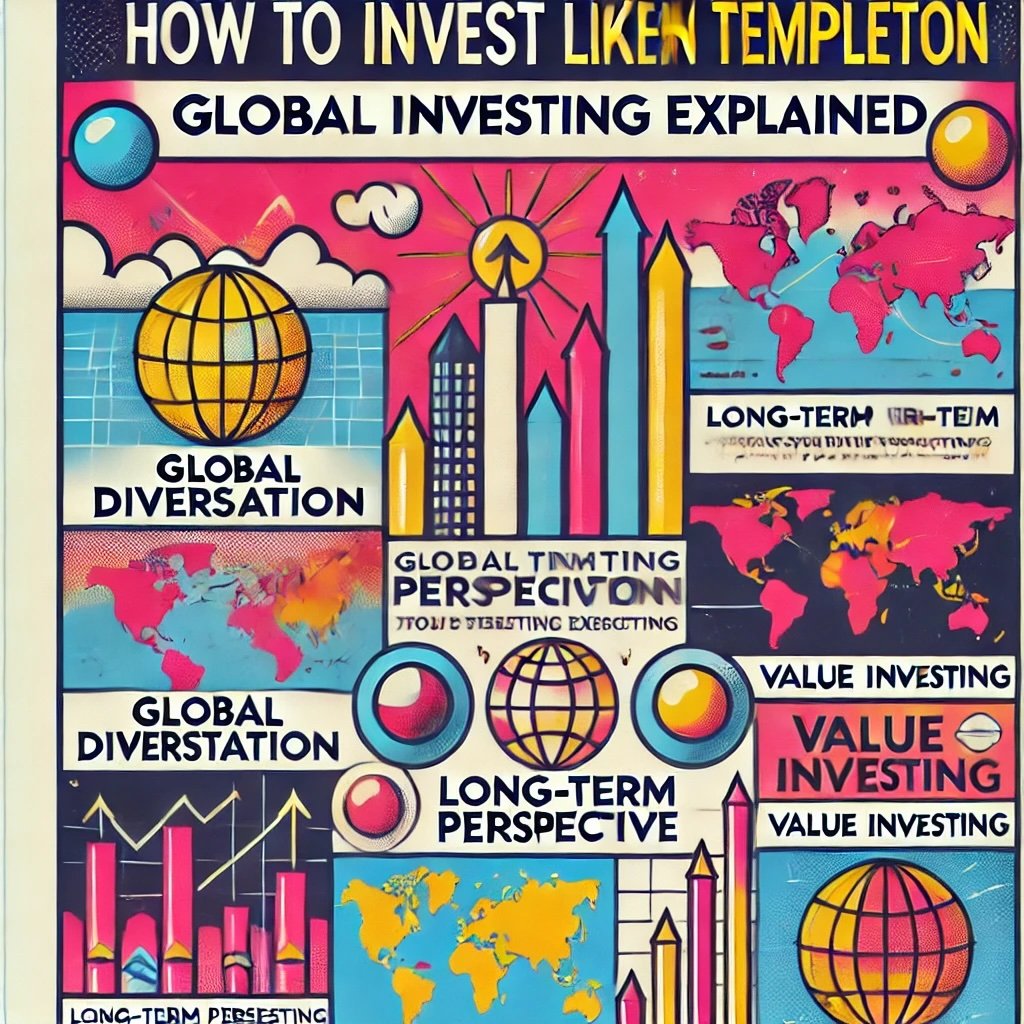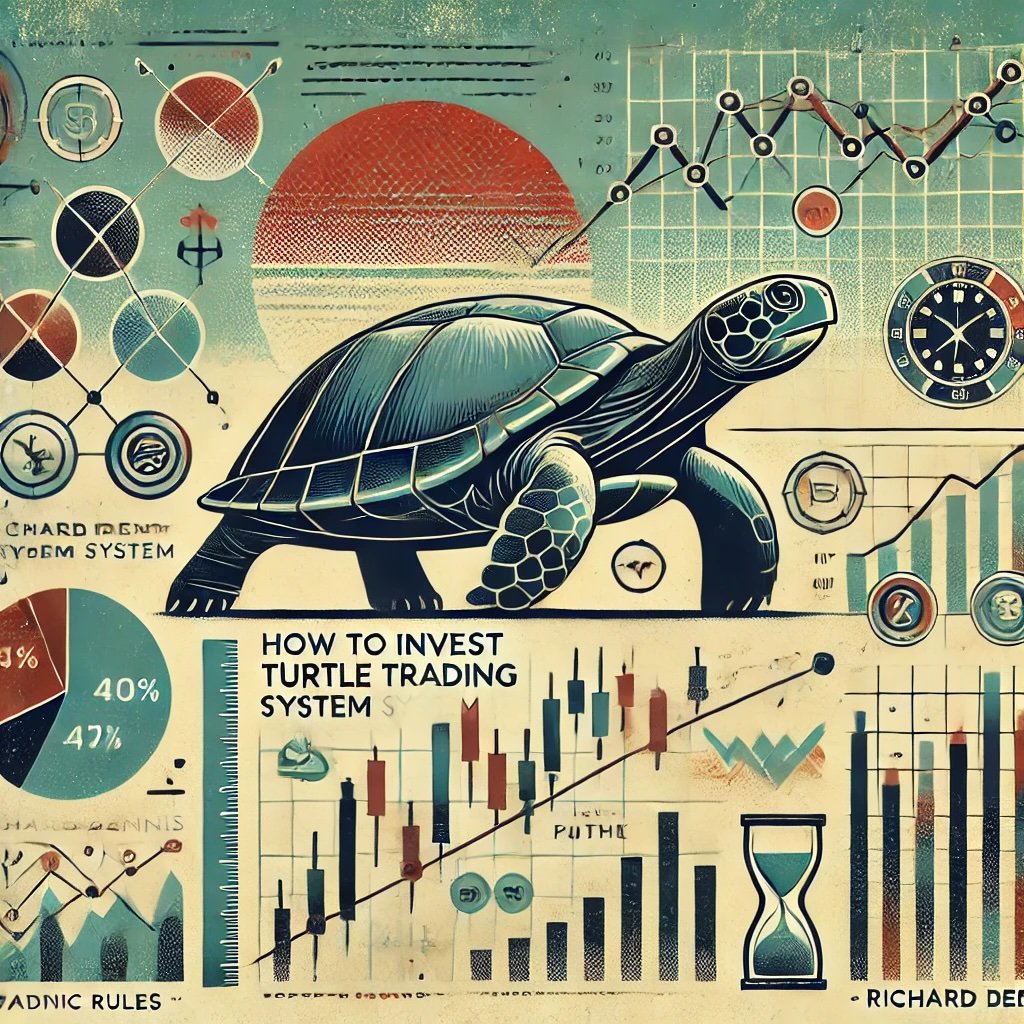Are you tired of constantly being at the mercy of the stock market’s ups and downs? Do you want a strategy that can generate returns while minimizing your exposure to market risks? Well, look no further than market neutral investing!
This investment strategy involves buying both long and short positions, typically in the same or similar asset classes, with the goal of profiting from the difference in performance between the two positions. By taking both long and short positions, the strategy aims to reduce market risk and generate returns from individual stock selection rather than market direction.
Market neutral investing has become increasingly popular in recent years as investors seek ways to reduce exposure to market volatility and achieve more consistent returns. However, it’s not a risk-free strategy and requires a thorough understanding of its intricacies and potential drawbacks.
In this brief guide, we’ll take a closer look at market neutral investing and explore its advantages and risks, investment vehicles, how to choose a strategy, how to implement it, and provide tips for success. So buckle up and get ready to learn how to potentially achieve market-beating returns with less volatility!

What Exactly Is Market Neutral Investing?
Market neutral investing is a unique investment strategy that seeks to minimize exposure to market risks while generating returns. It involves investing in a portfolio of long and short positions, usually in the same or similar asset classes, with the aim of profiting from the difference in performance between the two positions. Let’s take a closer look at how this works with some real-life examples.
Suppose you’re an investor looking to invest in the technology sector. You believe that Company A is going to outperform its peers, but you’re also concerned about the overall volatility of the tech sector. In a market neutral strategy, you would simultaneously buy shares of Company A (long position) and sell short shares of a tech sector ETF or index (short position).
If Company A outperforms its peers, you’ll profit from the long position, while any losses from the short position will be offset by gains in the long position. Conversely, if the tech sector as a whole experiences a downturn, the gains from the short position will help offset losses in the long position. The idea is to generate returns from stock selection while minimizing exposure to market direction.
Another example is a fund manager who specializes in convertible bonds. These bonds can be converted into stocks, giving the holder the option to benefit from any potential stock price appreciation. However, the bonds are also subject to interest rate risks and other factors that can impact their value. In a market neutral strategy, the fund manager would purchase convertible bonds while simultaneously selling short shares of the underlying stock. This allows the fund manager to benefit from the potential stock price appreciation while also minimizing exposure to interest rate and other risks.
Overall, market neutral investing is a unique and potentially lucrative alternative investment strategy that requires careful consideration and execution. It’s not a one-size-fits-all approach, and investors need to have a thorough understanding of the strategy, risks, and implementation considerations before diving in.
source: Trevor Dale on YouTube

Real Life Examples Of A Market Neutral Approach
Imagine you’re a sports fan, and you want to bet on your favorite team. However, you’re worried about the outcome of the game, as it could be impacted by various factors such as weather, injuries, or even referee decisions. In a market neutral strategy, you would bet on your team to win while also betting on their opponent to win (short position). This way, you’re not too worried about the outcome of the game, and you’ll still be able to profit no matter who wins!
Or, let’s say you’re a baker, and you’re planning to launch a new product, such as a vegan muffin. You’re confident that the muffin will sell well, but you’re also concerned about the overall demand for vegan products. In a market neutral strategy, you would sell the muffin while simultaneously buying shares of a vegan food company (short and long positions). This way, you’ll still be able to profit from the sales of your muffin, while any potential losses from low demand will be offset by gains from the shares.
Finally, let’s say you’re a fan of a particular TV show, and you want to invest in the production company that creates it. However, you’re worried that the show might not be renewed for another season, or that the company’s other shows might not perform well. In a market neutral strategy, you would buy shares of the production company while also shorting shares of its competitors (long and short positions). This way, you’ll still be able to profit from the success of your favorite show, while any losses from the company’s other shows will be offset by gains from the short positions.
These are just a few funny examples to illustrate how market neutral investing can be used in real life situations. However, it’s important to note that market neutral investing is not a guaranteed way to make money, and it requires careful planning and execution.
source: Real Vision on YouTube

Potential Advantages Of A Market Neutral Strategy
Here are ten potential advantages of a market neutral strategy:
- Reduced market risk: One of the primary advantages of a market neutral strategy is the reduced exposure to market risk. By taking both long and short positions, investors can potentially mitigate losses caused by market direction.
- Consistent returns: As the strategy aims to generate returns from individual stock selection rather than market direction, it can potentially provide more consistent returns over the long term.
- Increased diversification: By investing in a portfolio of long and short positions, investors can increase diversification and potentially reduce portfolio risk.
- Hedge against market volatility: Market neutral strategies can potentially provide a hedge against market volatility, as gains from the long positions can offset losses from the short positions.
- Lower correlation to other asset classes: Market neutral strategies can have lower correlation to other asset classes, making them a potentially valuable addition to a diversified portfolio.
- Potential to profit from mispricings: By investing in both long and short positions, investors can potentially profit from mispricings in the market, thus generating alpha.
- Flexibility: Market neutral strategies can be applied to a wide range of asset classes and investment vehicles, providing investors with a high degree of flexibility.
- Active management: Market neutral strategies typically require active management, which can potentially result in higher returns than passive strategies.
- Potential to outperform benchmarks: Market neutral strategies can potentially outperform benchmarks and provide higher risk-adjusted returns.
- Reduced exposure to specific risks: Market neutral strategies can potentially reduce exposure to specific risks, such as interest rate or credit risk, by taking both long and short positions.
It’s worth noting that these advantages are not guaranteed and depend on various factors, including market conditions, individual stock selection, and strategy implementation. Moreover, market neutral investing requires a high degree of skill, expertise, and diligence in execution, as it involves active management and the identification of mispricings in the market.
In conclusion, market neutral investing is a potentially valuable strategy for investors seeking to reduce market risk, increase diversification, and generate consistent returns. However, investors should thoroughly research and understand the strategy and its potential risks before investing, as market neutral investing requires a high degree of skill, expertise, and diligence in execution.

Portfolio Application: How To Implement A Market Neutral Strategy
If you’re considering implementing a market neutral strategy in your investment portfolio, you’re not alone. Market neutral strategies have gained popularity in recent years due to their potential to generate consistent returns and reduce exposure to market risk.
Here’s how you can implement a market neutral strategy in your portfolio:
Step 1: Determine Your Investment Goals and Risk Tolerance
Before implementing any investment strategy, it’s essential to determine your investment goals and risk tolerance. Are you looking for long-term capital appreciation or short-term gains? How much risk are you willing to take? Answering these questions will help you determine whether a market neutral strategy is suitable for you and how to tailor it to your specific investment goals and risk tolerance.
Step 2: Select the Right Asset Class and Investment Vehicle
Market neutral strategies can be applied to a wide range of asset classes and investment vehicles, including stocks, bonds, and exchange-traded funds (ETFs). However, each asset class and investment vehicle has its own risks and characteristics, and it’s crucial to select the right one for your investment goals and risk tolerance.
For example, if you’re interested in investing in stocks, you may want to consider a long/short equity fund that takes both long and short positions in individual stocks. If you’re interested in fixed income, you may want to consider a fixed income arbitrage fund that seeks to profit from mispricings in the bond market.
Step 3: Conduct Thorough Research and Analysis
Once you’ve selected the right asset class and investment vehicle, it’s crucial to conduct thorough research and analysis before investing. This includes analyzing the fund’s track record, fees, and investment strategy, as well as researching individual holdings and assessing their potential risks and returns.
It’s also essential to stay up-to-date with market conditions and adjust your portfolio accordingly. For example, if you identify a potential mispricing in the market, you may want to adjust your long and short positions accordingly to capture that opportunity.
Step 4: Monitor and Adjust Your Portfolio
Market neutral investing requires active management and constant monitoring of your portfolio. Regularly reviewing your portfolio’s performance and making adjustments as needed is crucial to ensure that your investment goals and risk tolerance are being met.
It’s also essential to have a disciplined exit strategy in place. If a position is not performing as expected, it may be time to cut your losses and move on to a more promising opportunity.
Step 5: Seek Professional Advice if Necessary
Market neutral investing can be complex, and it’s not suitable for all investors. If you’re unsure about how to implement a market neutral strategy or don’t have the time or expertise to manage your portfolio actively, seeking professional advice may be the best course of action.
A qualified financial advisor can help you determine whether a market neutral strategy is suitable for you and provide guidance on selecting the right investment vehicle and monitoring your portfolio’s performance.
In conclusion, implementing a market neutral strategy requires careful consideration of your investment goals and risk tolerance, selecting the right asset class and investment vehicle, conducting thorough research and analysis, monitoring and adjusting your portfolio, and seeking professional advice if necessary. With the right approach and discipline, market neutral investing can potentially provide consistent returns and reduce exposure to market risk.
source: TD Ameritrade Network on YouTube
Market Neutral Funds To Consider For Your Portfolio
Market neutral investing is a strategy that aims to generate returns that are not correlated to the overall market. This approach involves taking both long and short positions in various asset classes, with the goal of offsetting any market risk. In this article, we will discuss three popular market neutral options for investors: the AGFiQ US Market Neutral Anti-Beta Fund (BTAL) ETF, the Vanguard Market Neutral Fund (VMNFX) ETF, and the AQR Equity Market Neutral Fund (QMNIX).
- AGFiQ US Market Neutral Anti-Beta Fund (BTAL) ETF: The AGFiQ US Market Neutral Anti-Beta Fund (BTAL) is a market neutral ETF that aims to deliver returns that are negatively correlated to the overall US stock market. The fund uses a long-short strategy that is focused on stocks with low beta. Beta is a measure of a stock’s volatility compared to the overall market. Stocks with a low beta tend to be less volatile than the overall market, while stocks with a high beta tend to be more volatile.
The BTAL ETF invests in low beta stocks while shorting high beta stocks. This approach aims to generate returns that are not correlated to the overall market. The fund has an expense ratio of 0.75% and has delivered an average annual return of 3.6% since its inception in 2011.
- Vanguard Market Neutral Fund (VMNFX) ETF: The Vanguard Market Neutral Fund (VMNFX) is another market neutral ETF that aims to deliver returns that are not correlated to the overall market. The fund uses a long-short strategy that is focused on US large-cap stocks.
The VMNFX ETF invests in a diversified portfolio of stocks while shorting other stocks. The fund’s approach is designed to generate returns that are not dependent on the direction of the overall market. The fund’s strategy is based on a bottom-up fundamental analysis of individual stocks, which aims to identify undervalued and overvalued stocks.
- AQR Equity Market Neutral Fund (QMNIX): The AQR Equity Market Neutral Fund (QMNIX) is a mutual fund that uses a long-short strategy that is focused on US equities. The fund aims to deliver returns that are not correlated to the overall market.
The QMNIX fund invests in a diversified portfolio of stocks while shorting other stocks. The fund’s approach is based on a systematic investment process that uses a combination of value, momentum, and quality factors. This approach aims to identify mispricings in the market and generate returns that are not dependent on the overall direction of the market.
Market neutral investing can be a suitable strategy for investors looking to reduce their exposure to market risk. The BTAL, VMNFX, and QMNIX funds are three popular market neutral options for investors. It’s important to note that market neutral funds can be complex and may not be suitable for all investors. Before investing in any market neutral ETF or mutual fund, it’s important to conduct thorough research and consult with a qualified financial advisor to determine if it’s a suitable investment for your portfolio.
source: Washington Trust Bank
Market Neutral Investing Final Thoughts
Market neutral investing is a fascinating and complex investment strategy that provides investors with the potential to generate returns in both bull and bear markets. However, it’s not a strategy for the faint of heart. It requires a significant amount of sophistication, expertise, and risk tolerance. In order to succeed, investors must conduct extensive research and analysis to identify discrepancies in relative valuations between individual securities.
The beauty of market neutral investing lies in its ability to provide investors with a potential source of returns regardless of market direction. By investing in both long and short positions, investors can offset the risks of a volatile market, while potentially reaping the rewards of a stable one. However, it’s important to note that market neutral strategies may not always perform as expected, and losses are always a possibility. Therefore, investors should be prepared to implement this strategy as part of a well-diversified portfolio that can help mitigate risk.
One of the most attractive aspects of market neutral investing is its potential to provide investors with a hedge against market volatility. By investing in a mix of long and short positions, market neutral investors can potentially reduce the impact of market fluctuations on their portfolio. This allows them to stay invested for the long-term, even during turbulent times.
In order to successfully implement a market neutral strategy, investors must be willing to do their homework. This means conducting thorough research and analysis of individual securities and assessing their relative valuations. Investors must be disciplined in their approach, avoiding knee-jerk reactions to market events and instead relying on their research to make informed decisions.
Ultimately, market neutral investing is a sophisticated and potentially lucrative investment strategy that can provide investors with the potential for returns in both bull and bear markets. However, it requires a significant level of sophistication and expertise, and investors should be prepared to undertake extensive research and analysis before implementing this strategy. By doing so, investors can potentially mitigate risk and reap the rewards of this unique investment approach.
Important Information
Comprehensive Investment Disclaimer:
All content provided on this website (including but not limited to portfolio ideas, fund analyses, investment strategies, commentary on market conditions, and discussions regarding leverage) is strictly for educational, informational, and illustrative purposes only. The information does not constitute financial, investment, tax, accounting, or legal advice. Opinions, strategies, and ideas presented herein represent personal perspectives, are based on independent research and publicly available information, and do not necessarily reflect the views or official positions of any third-party organizations, institutions, or affiliates.
Investing in financial markets inherently carries substantial risks, including but not limited to market volatility, economic uncertainties, geopolitical developments, and liquidity risks. You must be fully aware that there is always the potential for partial or total loss of your principal investment. Additionally, the use of leverage or leveraged financial products significantly increases risk exposure by amplifying both potential gains and potential losses, and thus is not appropriate or advisable for all investors. Using leverage may result in losing more than your initial invested capital, incurring margin calls, experiencing substantial interest costs, or suffering severe financial distress.
Past performance indicators, including historical data, backtesting results, and hypothetical scenarios, should never be viewed as guarantees or reliable predictions of future performance. Any examples provided are purely hypothetical and intended only for illustration purposes. Performance benchmarks, such as market indexes mentioned on this site, are theoretical and are not directly investable. While diligent efforts are made to provide accurate and current information, “Picture Perfect Portfolios” does not warrant, represent, or guarantee the accuracy, completeness, or timeliness of any information provided. Errors, inaccuracies, or outdated information may exist.
Users of this website are strongly encouraged to independently verify all information, conduct comprehensive research and due diligence, and engage with qualified financial, investment, tax, or legal professionals before making any investment or financial decisions. The responsibility for making informed investment decisions rests entirely with the individual. “Picture Perfect Portfolios” explicitly disclaims all liability for any direct, indirect, incidental, special, consequential, or other losses or damages incurred, financial or otherwise, arising out of reliance upon, or use of, any content or information presented on this website.
By accessing, reading, and utilizing the content on this website, you expressly acknowledge, understand, accept, and agree to abide by these terms and conditions. Please consult the full and detailed disclaimer available elsewhere on this website for further clarification and additional important disclosures. Read the complete disclaimer here.





